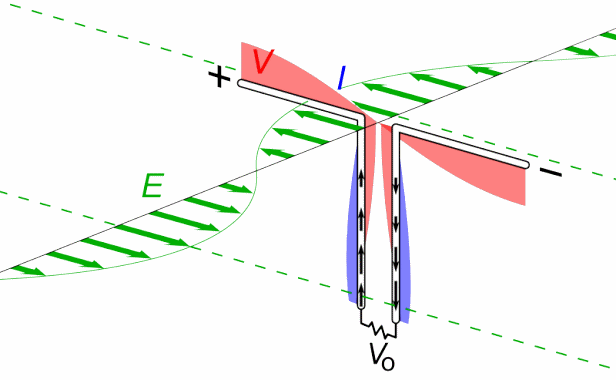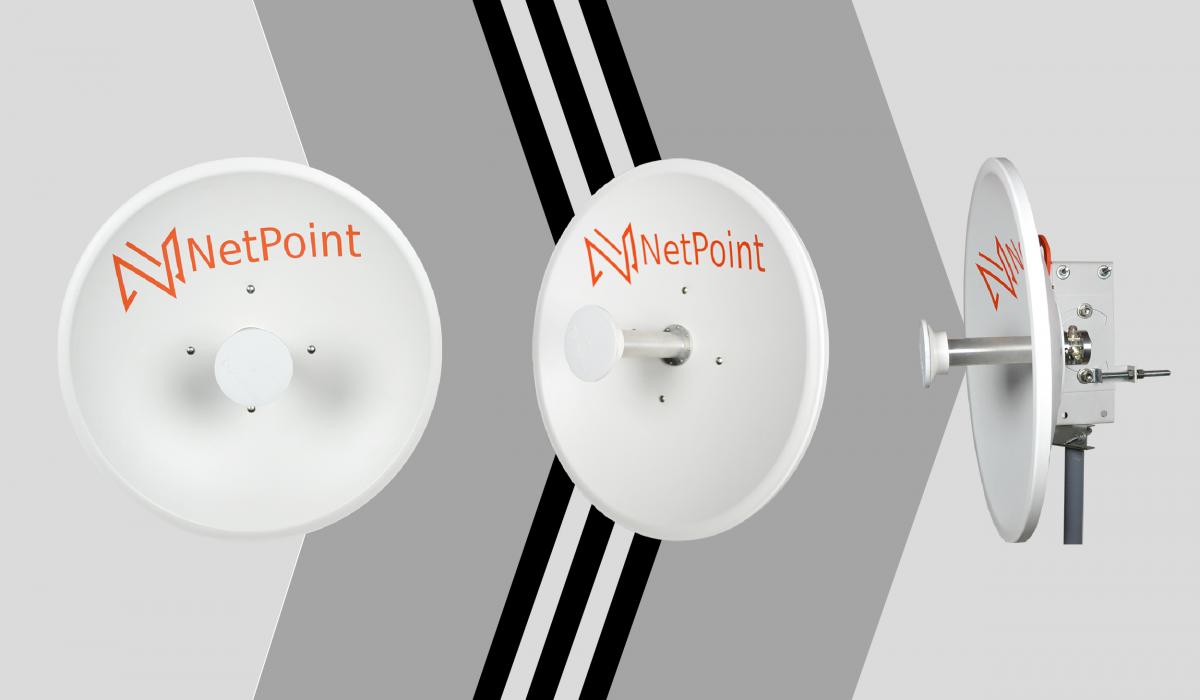April 19, 2023 - Antenna Advancements: How BNC is Revolutionizing Wireless Communication
Antennas are a crucial part of our modern world, allowing us to communicate wirelessly across long distances. They are used in a wide range of applications, from broadcasting television and radio signals to providing internet access to mobile devices. But what exactly is an antenna, and how do they keep getting better? In this blog post, we will explore the basics of antennas and the advancements that have been made in their design and technology.

What is an antenna?
An antenna is a device that is designed to transmit or receive electromagnetic waves. It consists of a conductive material, such as copper or aluminum, that is shaped to create a pattern that will radiate or receive energy in a particular direction. Antennas are used in a wide variety of applications, including radio and television broadcasting, mobile communications, radar, and satellite communication.
How do antennas work?
Antennas work by converting electrical energy into electromagnetic waves, and vice versa. When an electrical current is applied to an antenna, it creates a changing electric field around the antenna, which in turn creates a changing magnetic field. These fields combine to form an electromagnetic wave that radiates out from the antenna.
Similarly, when an electromagnetic wave passes over an antenna, it induces an electrical current in the antenna, which can be used to power a receiver or other electronic device. The shape and size of an antenna determine its radiation pattern, which is the directional pattern of the electromagnetic waves it produces or receives.

Advancements in antenna technology
Over the years, there have been significant advancements in antenna technology that have improved their efficiency, range, and reliability. Here are a few of the key advancements that have been made in recent years:
- Miniaturization: Antennas have become smaller and more compact, making them easier to integrate into smaller devices such as smartphones, wearables, and IoT devices.
- Multi-band operation: Antennas are now designed to operate on multiple frequency bands, allowing them to support multiple communication standards such as 2G, 3G, 4G, and 5G.
- Smart antennas: Smart antennas use signal processing algorithms to dynamically adjust the radiation pattern of the antenna to optimize the signal quality and reduce interference.
- Beamforming: Beamforming is a technique that uses multiple antennas to focus the transmission or reception of electromagnetic waves in a particular direction, improving the range and efficiency of wireless communication.
- Metamaterials: Metamaterials are engineered materials that have unique electromagnetic properties that can be used to create antennas with novel shapes and properties, such as ultra-thin antennas and antennas with high directivity.
Berkeley Nucleonics + Antennas
Antennas are a fundamental component of wireless communication, and their design and technology have come a long way over the years. With advancements in miniaturization, multi-band operation, smart antennas, beamforming, and metamaterials, antennas are becoming more efficient, reliable, and versatile than ever before. As wireless communication continues to evolve and expand, it is likely that we will see even more exciting advancements in antenna technology in the years to come.
In addition to the advancements in antenna technology, it's important to note that new players are entering the market. One such player is Berkeley Nucleonics, a leader in the field of electronic instrumentation for over 60 years. Berkeley Nucleonics is now offering antennas as part of their product line, adding to their already impressive range of high-quality products.

If you're interested in learning more about the new line of antennas from Berkeley Nucleonics, you can visit their website at www.berkeleynucleonics.com/
